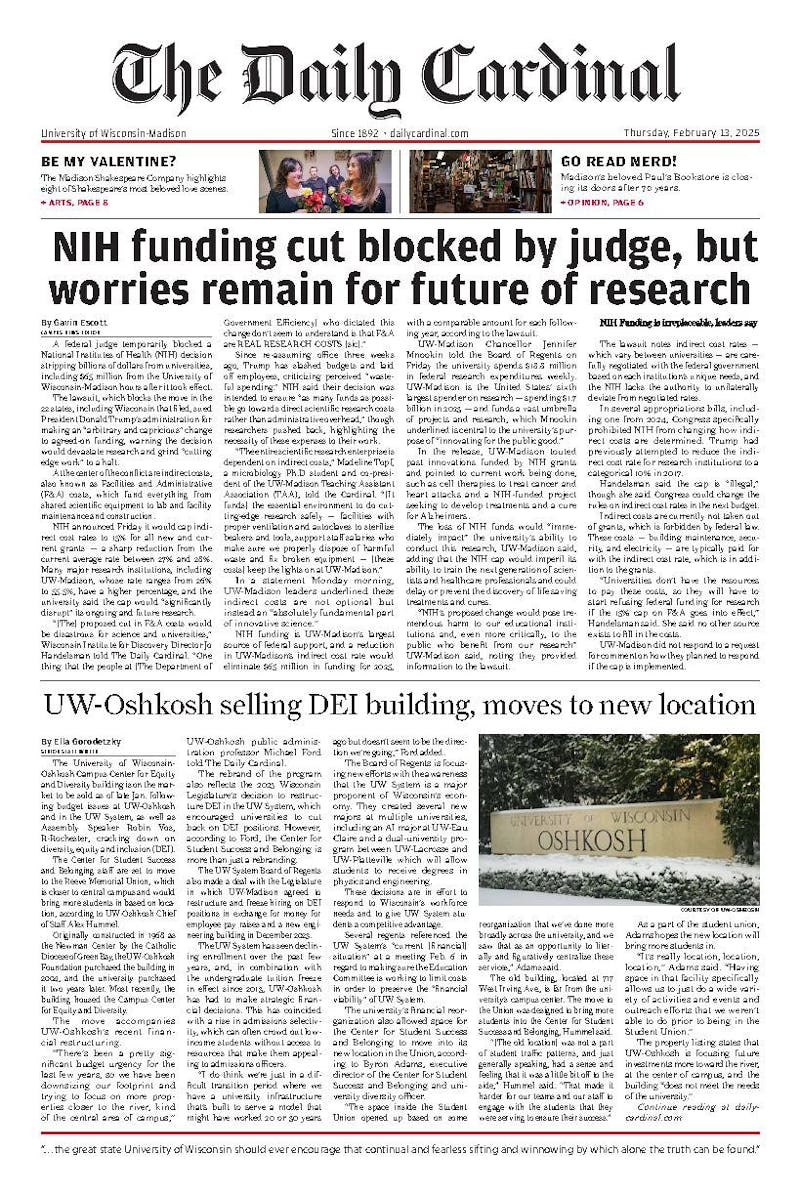State officials and educators are advocating for increased investment in public education after the latest National Assessment of Educational Progress (NAEP) report found that Wisconsin continues to have the widest racial achievement gap in math and reading scores in the nation.
In 2024, Black fourth-grade students in Wisconsin scored an average of 45 points lower than their white peers in reading, while Black eighth graders scored 39 points lower. Hispanic fourth graders had an average score 25 points below white students, and economically disadvantaged fourth graders scored 30 points lower than their non-disadvantaged counterparts. These trends were similar among eighth graders.
State Superintendent Jill Underly described the results as an “urgent wake-up call” for Wisconsin. In a press release, she emphasized the need for targeted investment to address these disparities, highlighting the link between poverty and academic achievement.
“We need continued investment, intervention, and innovation in our state, and we have the means to accomplish,” Underly said. “Our biennial budget request will help put targeted resources and supports in our schools and ensure we are helping the students who need it the most at this critical time.”
While the Madison Metropolitan School District (MMSD) “meets expectations” with an overall score of 66.8 on the 2023-24 district report card, MMSD is still taking steps to address these disparities through targeted initiatives, according to district officials.
One major investment has been in science-based reading training for all staff alongside a $10 million investment in new literacy and biliteracy materials designed to be both culturally relevant and responsive.
The district has also implemented smaller class sizes for kindergarten and first-grade students, particularly in Title I and AGR schools, to provide more individualized instruction, according to Cynthia Green, MMSD assistant superintendent of teaching and learning.
"Our Board of Education has made significant investments over the last few years," Green told The Daily Cardinal. "We've invested in having all of our staff go through science of reading training, and we've provided additional targeted resources for schools that need it most."
While these changes are still in their early stages — elementary-level literacy materials have been in place for three years, middle school materials for two and smaller class sizes for just one year — district leaders said long-term impacts will be visible within the next few years if efforts remain consistent.
Despite standardized testing being a commonly used metric to measure proficiency, Green cautioned against viewing it as the sole indicator of student success.
"Knowing the proficiency levels of our students is critically important, but it's just one piece of the puzzle," Green said. "Our students bring creativity and brilliance to our schools every day that cannot be measured by a single standardized test."
To further bridge the gap, the district recently launched the "Mad for Reading" campaign, a community-wide initiative emphasizing the role of families, businesses, and local organizations in literacy development.
"It takes a village," Green said. "We want the community to be involved in every way possible — whether that's at the public library, the barber shop or other spaces where students can engage with literacy."
Rep. Francesca Hong, D-Madison, told The Daily Cardinal Wisconsin schools need increased funding and curriculum reform to better serve the state's diverse student population.
“The state Legislature hasn’t done enough, and due to inadequate funding over the last 14 years and an antiquated school funding formula, we’ve seen school districts across the state have to raise taxes on themselves to meet the needs of all kids,” Hong told the Cardinal.
Hong also mentioned the long-term economic consequences of the achievement gap, noting that investing in public education is directly tied to Wisconsin’s ability to retain a skilled workforce.
“When we invest in our students of color, when we invest in public schools that are required to accept every student regardless of background, we ensure that Wisconsin remains a place where people want to live, work and thrive,” Hong said.
Despite these challenges, Wisconsin's fourth and eighth graders are performing better than most states in both subjects, with test scores remaining mostly unchanged from 2022. However, the persistent achievement gap highlights the need for continued efforts to support all students.






